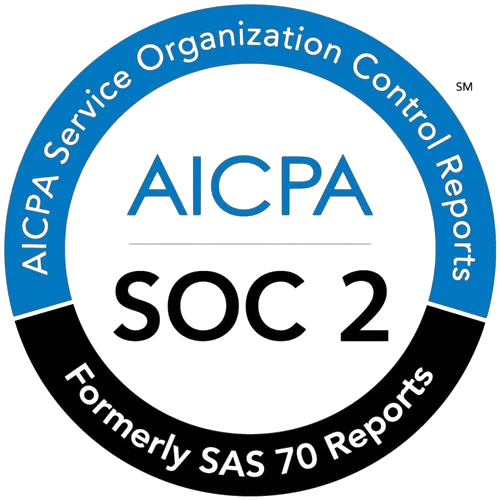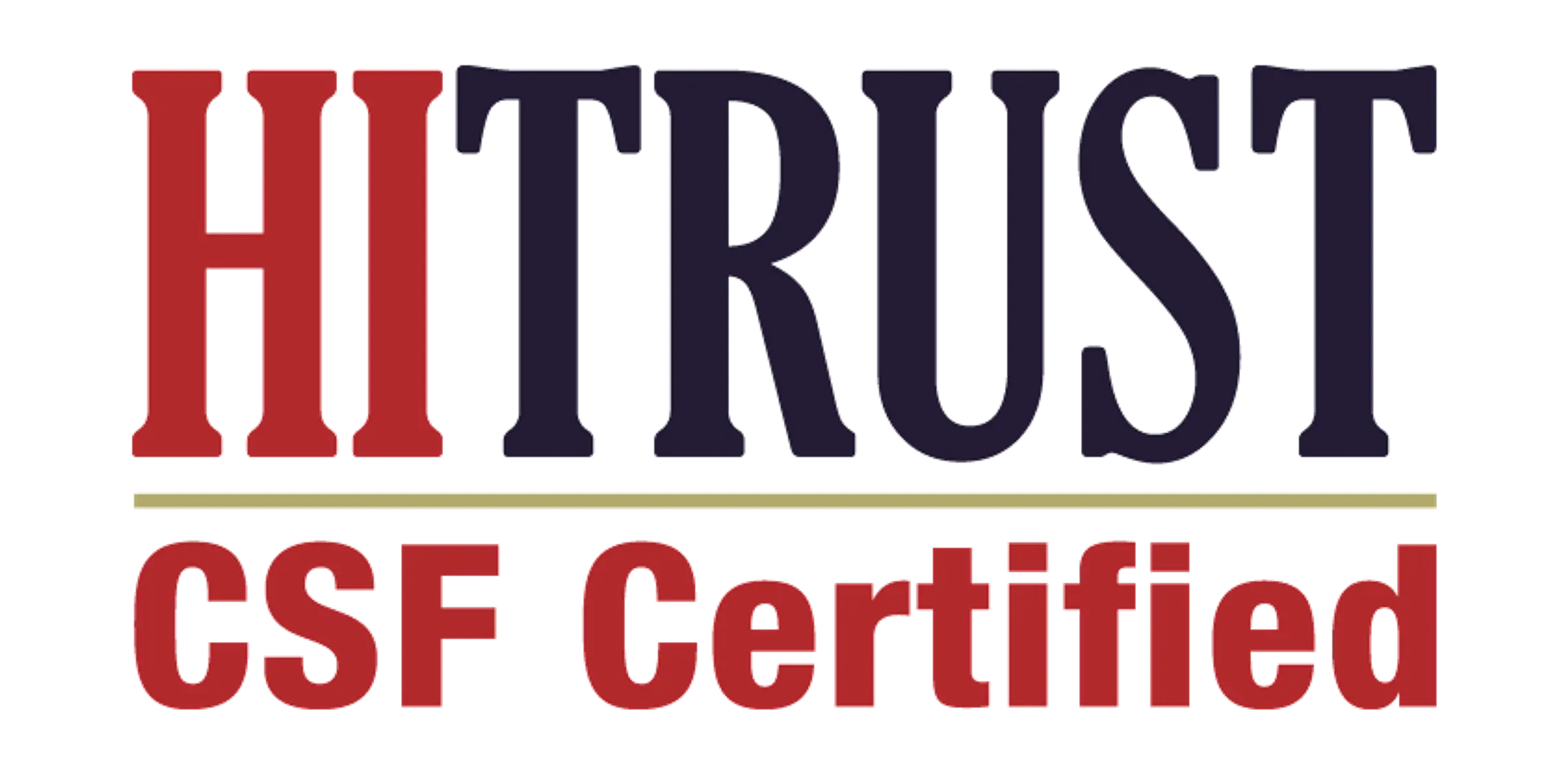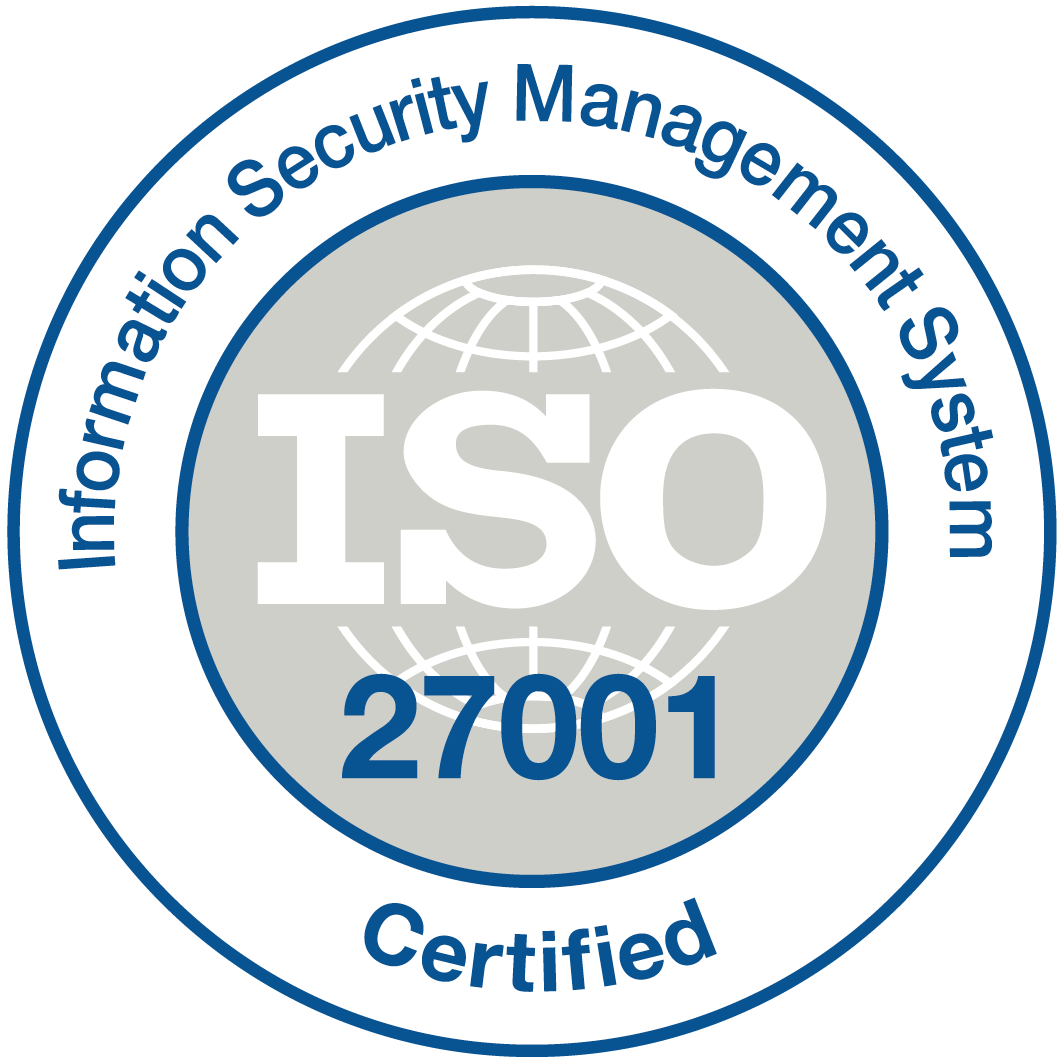Navigating the complex landscape of data exchange in healthcare

In an age where information is power, the ability to efficiently exchange data in healthcare has become a pivotal challenge that sits at the intersection of technology, policy, and patient care. The stakes are high—secure and streamlined data exchange can enhance patient outcomes, drive research, and optimize the healthcare system as a whole. However, navigating the myriad complexities of data exchange can feel like traversing a labyrinth, one filled with challenges ranging from interoperability to privacy concerns.
Understanding the Importance
First, let’s underscore why data exchange in healthcare is crucial. In a perfect world, healthcare providers would have instant access to a patient’s comprehensive health information, regardless of where and when care was provided. This seamless access fosters informed decision-making, reduces the likelihood of errors, and enhances patient safety. For instance, imagine a patient with a chronic illness traveling out of state and needing care at a local emergency room. If that facility had immediate access to the patient’s medical history, medications, and allergies, the level of care provided would be dramatically improved.
Challenges on the Horizon
Yet, the scenario is far from ideal. One of the main barriers to effective data exchange is the lack of interoperability among disparate electronic health record (EHR) systems. Many healthcare institutions utilize different EHR platforms that were not designed to communicate with one another, leading to siloed data that hampers information sharing.
Moreover, regulatory frameworks surrounding data privacy—like the Health Insurance Portability and Accountability Act (HIPAA)—add another layer of complexity. While these regulations are vital for protecting patient information, they often create friction in data sharing, causing hesitance among providers to exchange valuable patient information.
Additionally, the undercurrent of patient consent and the ethical implications of data sharing called for heightened scrutiny. Patients want to feel assured that their information is secure and is only accessed for valid healthcare purposes. Educating patients about data exchange processes, their rights, and how their data will be used is essential for fostering trust.
Navigating the Labyrinth
Despite these challenges, healthcare organizations are employing innovative strategies to navigate the complex landscape of data exchange. One promising approach is adopting health information exchanges (HIEs), which serve as neutral platforms where various healthcare stakeholders can share data securely. HIEs allow for data to be consolidated and accessed, providing a crucial resource for clinicians seeking comprehensive patient information.
Moreover, organizations are increasingly investing in interoperability solutions that adhere to industry standards like Fast Healthcare Interoperability Resources (FHIR). FHIR is a set of standards created by Health Level Seven International (HL7) designed to facilitate data sharing between different systems. Utilizing FHIR-based APIs (Application Programming Interfaces) can significantly simplify the process of exchanging information, making it easier for disparate systems to communicate.
The Future of Data Exchange
Looking forward, the future of data exchange in healthcare is ripe with potential. Driven by advancements in artificial intelligence, machine learning, and blockchain technology, new solutions are on the horizon that will facilitate even more secure and efficient data sharing.
As we forge ahead, it is crucial that stakeholder collaboration—between healthcare providers, technology developers, regulatory bodies, and patients—continues to evolve. By addressing the challenges collaboratively, we can create a more interconnected healthcare ecosystem to boost patient engagement, enhance care quality, and support better population health outcomes.
In conclusion, navigating the data exchange in healthcare may be challenging, but with collaboration, innovation, and a focus on patient-centric solutions, we can transform these obstacles into pathways for success. The journey may be complex, but the benefits are undeniable—improving patient care and advancing the field of healthcare for all.






